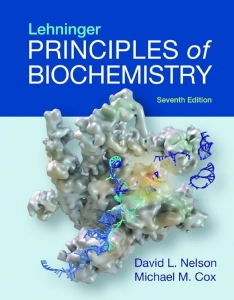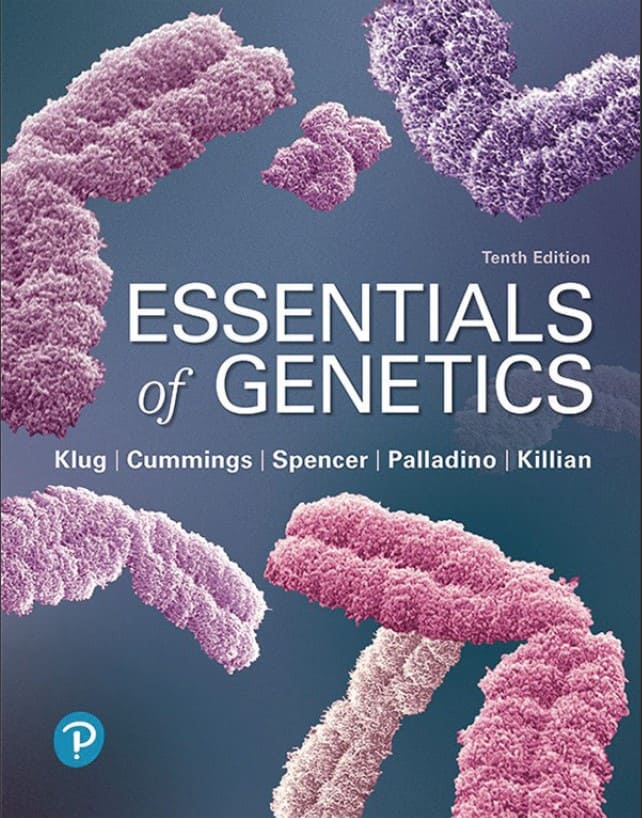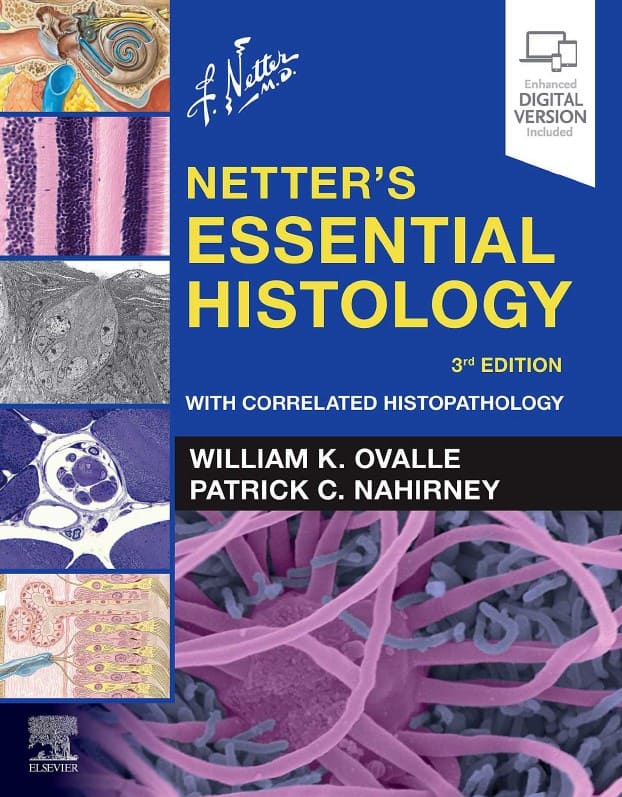 Explore Lehninger Principles of Biochemistry (7th edition) by David L. Nelson & Michael M. Cox.
Explore Lehninger Principles of Biochemistry (7th edition) by David L. Nelson & Michael M. Cox.
Lehninger Principles of Biochemistry is the leading bestseller for introductory biochemistry courses, celebrated for its ability to simplify a complex field. Each edition provides a comprehensive update on fundamental biochemistry principles, landmark discoveries, and cutting-edge advancements.
The Seventh Edition continues the legacy of clarity established by Albert Lehninger, featuring straightforward writing, thorough explanations of challenging concepts, robust problem-solving support, and a deep dive into modern biochemistry’s essential ideas, techniques, and discoveries. Authors David Nelson and Michael Cox introduce students to an impressive array of new insights without overwhelming them with unnecessary detail.
Students taking biochemistry for the first time often have difficulty with two key aspects of the course: approaching quantitative problems and applying what they learned in organic chemistry. Central to this book’s popularity are the effective ways it helps students overcome these difficulties.
For review and easy reference throughout, Lehninger Principles of Biochemistry highlights important assumptions and ideas that students are expected to assimilate without being told (for example, peptide sequences are written from amino- to carboxyl-terminal end, left to right; nucleotide sequences are written from 5′ to 3′ end, left to right).
- Next-generation DNA sequencing now includes ion-torrent and single molecule real time (SMRT) sequencing platforms, and the discussion has moved to follow classical Sanger sequencing (Chapter 8).
- Gene editing via CRISPR is one of many updates to the discussion of genomics (Chapter 9).
- LIPID MAPS database and system of classifying lipids is included in the discussion of lipidomics (Chapter 10).
- Cryo-electron microscopy is described in a new box (Chapter 19).
- Ribosome profiling to determine which genes are being translated at any given moment, and many related technologies, are included to illustrate the versatility and power of deep DNA sequencing (Chapter 27).
Contents
- The Foundations of Biochemistry
Part I: Structure and Catalysis
- Water
- Amino Acids, Peptides, and Proteins
- The Three-Dimensional Structure of Proteins
- Protein Function
- Enzymes
- Carbohydrates and Glycobiology
- Nucleotides and Nucleic Acids
- DNA-Based Information Technologies
- Lipids
- Biological Membranes and Transport
- Biosignaling
Part II: Bioenergetics and Metabolism
- Bioenergetics and Biochemical Reaction Types
- Glycolysis, Gluconeogenesis, and the Pentose Phosphate Pathway
- Principles of Metabolic Regulation
- The Citric Acid Cycle
- Fatty Acid Catabolism
- Amino Acid Oxidation and the Production of Urea
- Oxidative Phosphorylation
- Photosynthesis and Carbohydrate Synthesis in Plants
- Lipid Biosynthesis
- Biosynthesis of Amino Acids, Nucleotides, and Related Molecules
- Hormonal Regulation and Integration of Mammalian Metabolism
Part III: Information Pathways
- Genes and Chromosomes
- DNA Metabolism
- RNA Metabolism
- Protein Metabolism
- Regulation of Gene Expression
Explore Lehninger Principles of Biochemistry (7th edition) by David L. Nelson & Michael M. Cox in pdf.
Password: biology.com.pk
File Size: 29.5 MB. Pages: 1308. Instructions. Kindly read the disclaimer.
You can also purchase Lehninger Principles of Biochemistry (8th edition) by David L. Nelson & Michael M. Cox from Amazon by clicking the image below.
You may also like to explore the following:
- Netter’s Essential Biochemistry by Peter Ronner
- Algae: Anatomy, Biochemistry, and Biotechnology (3rd Ed.) by Laura Barsanti and Paolo Gualtieri
- Molecular Cell Biology (8th Ed.) by Harvey Lodish, Arnold Berk, Chris A. Kaiser, Monty Krieger, Anthony Bretscher, Hidde Ploegh, Angelika Amon & Kelsey C. Martin
Explore hundreds of best-selling books in Biochemistry, Biology, Botany, Medicine, Microbiology, Psychology, and Sociology in the Biological Sciences Section.
Happy studying!





